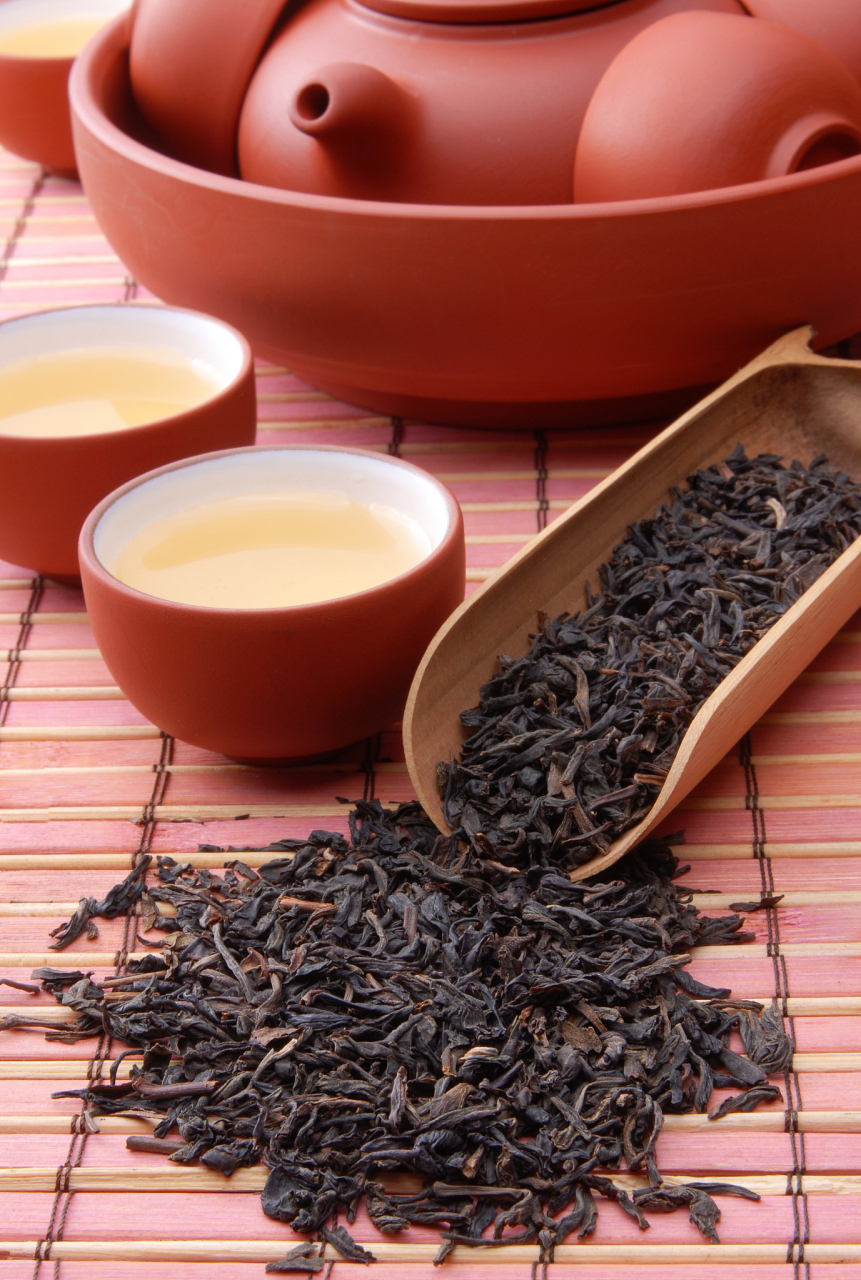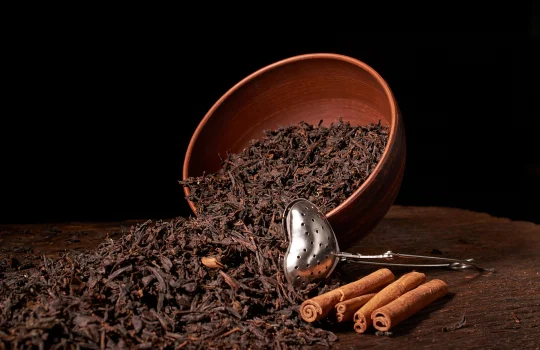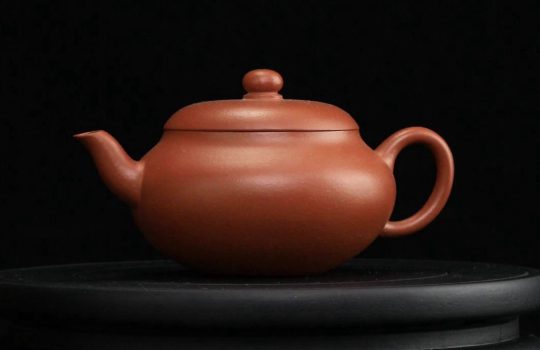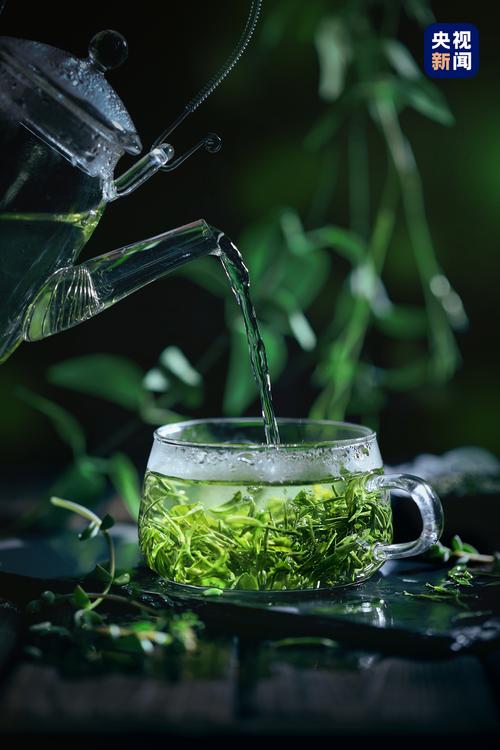Keemun Black Tea: The Legendary Charm and Health Benefits of the Queen of Black Teas

The origin of Keemun black tea: Qimen, Dongzhi, Guixi, Shitai, Yixian in Anhui Province, and the Fuliang area in Jiangxi Province.
Quality characteristics: Dry tea has a slender, tight, and long appearance, with a lustrous black colour, commonly known as ‘treasure light.’
Tea colour: Bright red.
Aroma: Resembles fruit fragrance with a hint of orchid scent.
Taste: Rich, mellow, and refreshing.
Leaf base: Tender, soft, and bright red.
Overview of Keemun Black Tea
Keemun Black Tea, abbreviated as Keemun, is renowned worldwide alongside India’s Darjeeling Black Tea and Sri Lanka’s Uva Black Tea as one of the ‘Three Great High-Fragrance Teas of the World.’ ‘Qihong stands out among all teas, with its pure reputation and high fragrance unmatched.’ Keemun Black Tea is the pinnacle of black teas, renowned worldwide for its ‘high fragrance, rich taste, beautiful shape, and vibrant colour.’ It is the beloved beverage of the British Queen and royal family, with its high fragrance and reputation spreading far and wide, earning it the titles of ‘the best among all teas’ and ‘the queen of black teas.’ Qimen black tea can be enjoyed plain or mixed with milk, with the best quality harvested in August. The taste of Qimen black tea
The tea broth is fragrant with a honey-like aroma, and premium-grade tea also contains a lingering orchid fragrance, with a rich, mellow, and refreshing taste.
How to identify Keemun black tea
Keemun black tea has tight, slender, and slightly curved leaves, with golden buds and a lustrous black colour. When brewed, the tea has a bright red colour, with a fresh and bright leaf base, and a rich and mellow taste without bitterness. Counterfeit tea usually contains artificial colouring, has a bitter and thin taste, and irregular leaf shapes.
The aroma of Keemun black tea varies depending on the degree of firing, presenting different aromatic characteristics. It is fresh, fragrant, and long-lasting, sometimes with a distinct sweet aroma, sometimes with a rose-like fragrance, and occasionally with honey or fruit notes. This unique aroma of Keemun black tea is often referred to as the ‘Keemun fragrance’ by consumers both domestically and internationally.
Storage methods for Qimen black tea
There are four methods for storing Qimen black tea: lime storage, charcoal storage, vacuum nitrogen flushing, and plastic bag storage. The last method is the most commonly used. Tea leaves are sealed in plastic bags, which are then placed in airtight tea cans and stored in a cool, dry, shaded location. This method is convenient and effective, preserving the tea’s aroma and quality for an extended period.
The benefits of Keemun black tea
Refreshing and fatigue-relieving: Medical experiments have shown that the caffeine in Keemun black tea can stimulate the cerebral cortex to excite the nervous system, enhancing concentration and thinking ability, thereby sharpening mental reactions and improving memory. It also has an excitatory effect on the vascular system and heart, helping to alleviate fatigue.
Moisturising and cooling: The polyphenols, sugars, amino acids, and pectins in tea react chemically with saliva, stimulating saliva secretion, moisturising the mouth, and creating a cooling sensation. Additionally, caffeine regulates body temperature by controlling the hypothalamus’s temperature centre and stimulates the kidneys to promote the excretion of heat and waste, maintaining physiological balance within the body.
How to Drink Keemun Black Tea
Qimen black tea is not necessarily better when it is newer, and improper consumption can harm the digestive system. This is because freshly harvested tea, which has been stored for a short time, contains a higher concentration of unoxidised polyphenols, aldehydes, and alcohols. While these substances have little effect on healthy individuals, they can irritate the gastrointestinal mucosa in those with weaker digestive systems, potentially triggering gastrointestinal issues. Therefore, newly harvested Keemun black tea that has been stored for less than two weeks should not be consumed, and it is also advisable to avoid drinking it in large quantities.
The Origin and Story of Keemun Black Tea
The Founder of Keemun Black Tea – Hu Yuanlong
Hu Yuanlong was well-versed in literature and military strategy. At the age of 20, he was already renowned in his hometown for his literary and military talents and was granted the hereditary title of ‘Bazong’ by the imperial court. However, he disregarded official titles and focused on agricultural and industrial production. At the age of 18, he resigned from his position as Bazong, built five mud-brick houses in Lichunwu Village, planted four osmanthus trees, and named the place ‘Peigui Mountain House,’ where he began cultivating tea on the mountain. In the first year of the Guangxu reign, Hu Yuanlong established the Rishun Tea Factory at Pei Gui Mountain House, using locally produced tea leaves. He invited Master Shu Jili from Ningzhou to experiment with black tea production based on Ninghong tea-making techniques. After continuous improvements, by the eighth year of the Guangxu reign, he finally succeeded in producing high-quality black tea. Hu Yuanlong thus became one of the founders of Qihong tea and is revered by later generations as the ‘ancestor of Qihong tea.’



